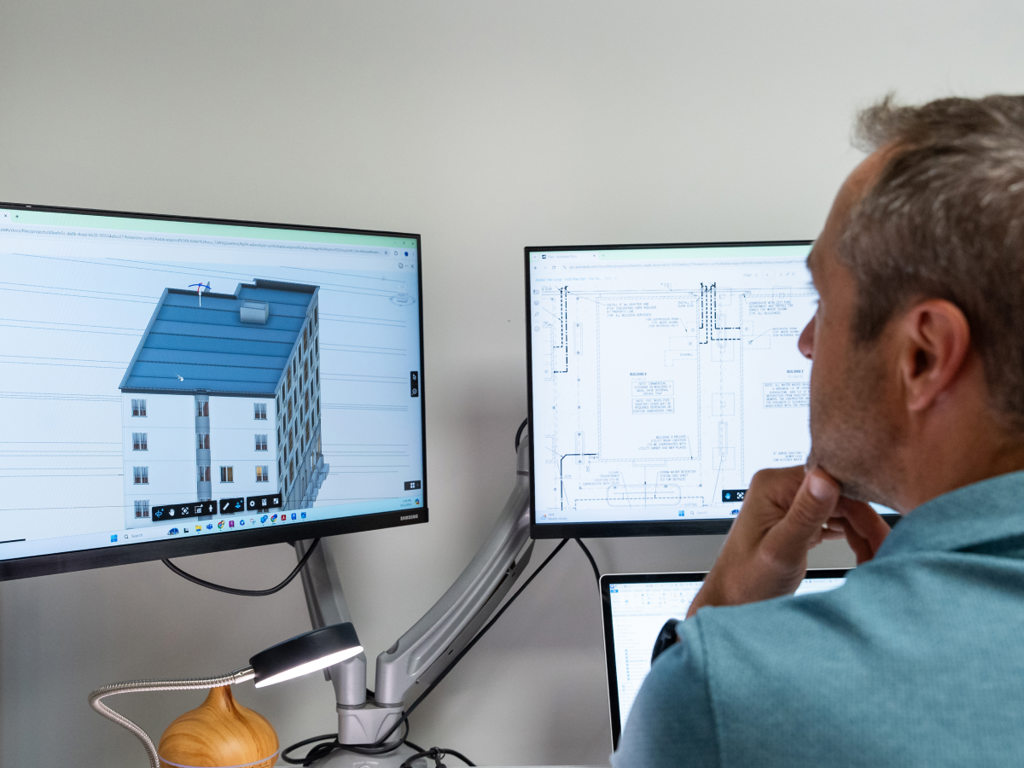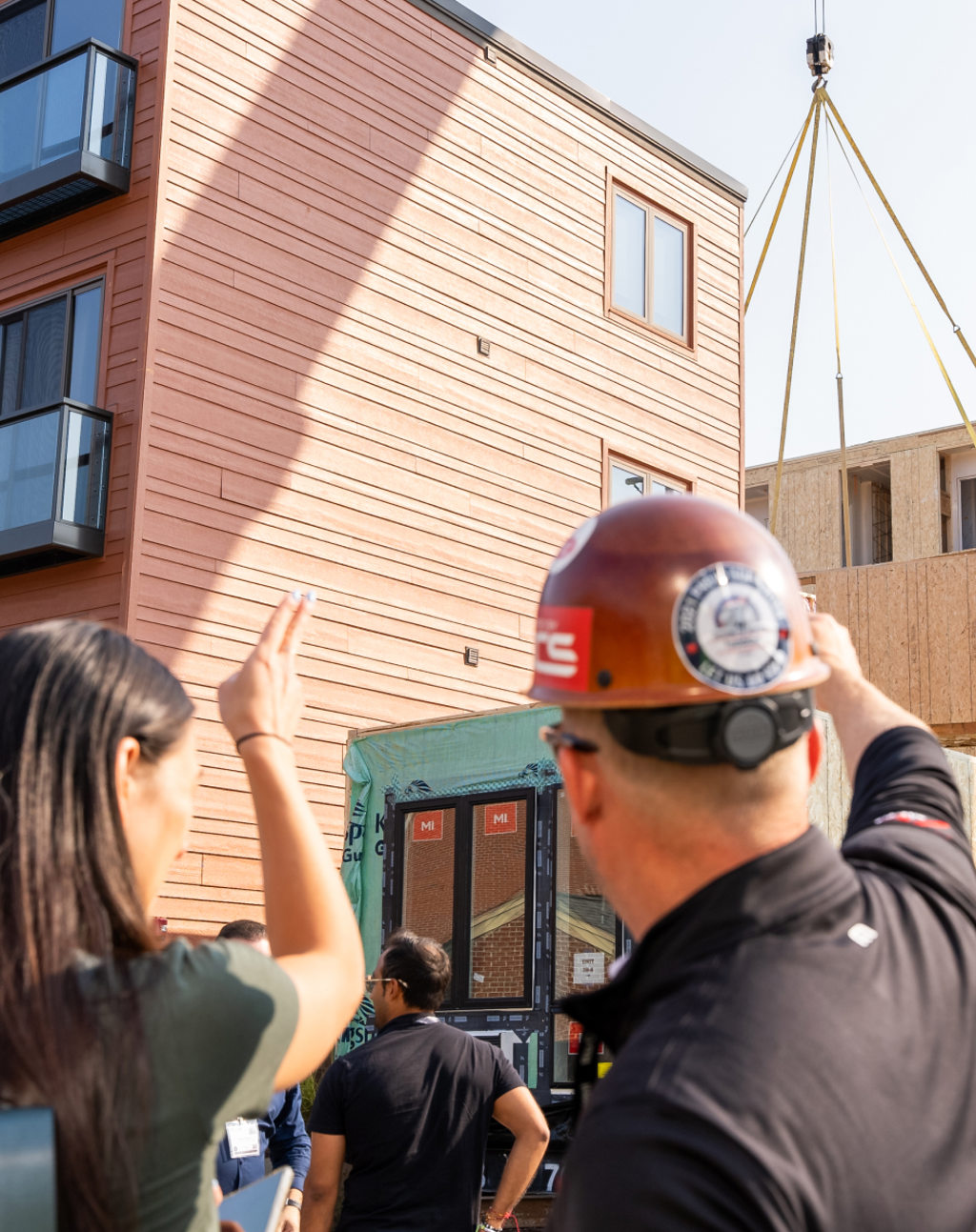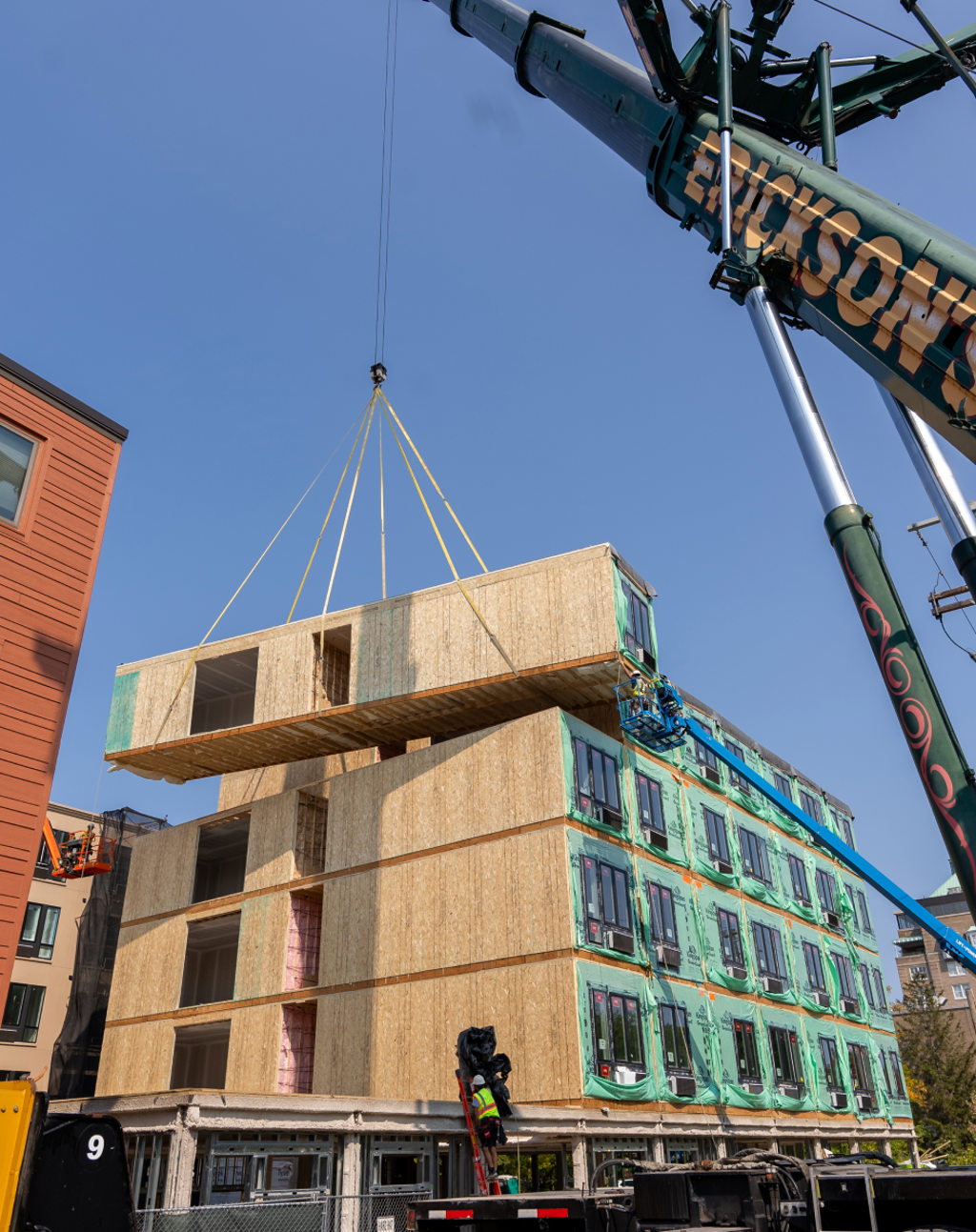Modular Commercial Building Cost: A Practical Budgeting Guide

If you’re evaluating a modular commercial building, you’re likely weighing two questions: What will it cost — and how sure can I be? The short answer: your total cost depends on scope, site, and specifications. The longer answer — and the reason developers choose RC2 — is cost certainty, factory-controlled quality, and a faster schedule that reduces holding costs and accelerates rent-up.

What Drives Modular Commercial Building Cost?
Think in five buckets. Each has levers you control.
- Site & Foundations
Soils, utilities, excavation, stormwater, and foundation type drive early spend. Good geotech and early civil coordination prevent surprises. - Structure & Module Count
Module quantity and spans are tied to unit mix, corridor strategy, and structural grid. Designing for components from day one trims rework and protects schedule. - MEP & Building Systems
Mechanical strategy (PTAC vs. VRF), electrical service, sprinkler standpipes, and riser locations affect both factory scope and site tie-ins. - Finish Level & Assemblies
From façade selection to interior finishes, choices set both material and labor profiles. Factory repetition rewards clear standards and smart value-engineering. - Logistics, Transport & Set
tonnage, street access, staging, and travel distance to the plant influence rigging and trucking. Treat set day like an operation, not an event.

Hard Costs vs. Soft Costs (with a Modular Twist)
Hard costs include modules, foundations, erect/set, MEP tie-ins, exteriors, and interiors.
Soft costs include design/engineering, approvals, testing/inspection, legal, financing, and insurance.
The modular difference: RC2 fixes a high percentage of module hard costs up front, reducing the volatility you’d otherwise carry across a long site-built schedule.
How RC2 Creates Cost Certainty
RC2’s process is built to remove variables — not just quote them.
- Fixed pricing for up to ~90% of the building is established at contract, covering factory-built scope with precision.
- Parallel paths: while modules are built in-factory, your site and foundation work proceeds — shrinking carrying costs and exposure to escalation.
- Bank-friendly: Our clients often report contingency requirements trending from ~10–12% to ~5% for the modular scope, thanks to defined drawings and controlled manufacturing.
- Proven quality: Factory control improves consistency; modules are engineered to handle transport and set, which carries through to in-place performance.
Where Modular Saves (Even When Unit Costs Are Similar)
- Time value: Faster delivery (often 30–50% sooner) reduces interest carry and brings rent-up forward.
- Contingency: Defined, factory-controlled scope lowers risk bands for lenders and investors.
- Labor stability: Indoor, repeatable work limits weather delays and premium overtime.
- Disruption: Shorter on-site duration is ideal for urban campuses and tight sites.
For a deeper dive on speed and predictability, read: The Developer’s Advantage: 7 Core Benefits of Modular Construction.
Build On Budget With RC2
Budget confidence isn’t about guessing the right number—it’s about removing variables. With RC2, you’ll fix the majority of your modular scope up front, shorten the path to revenue, and deliver consistent quality in every unit.
Let’s map the numbers for your site and program. Schedule a call today.
